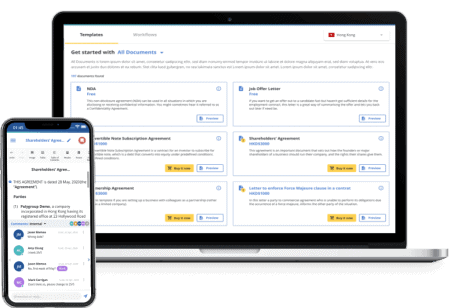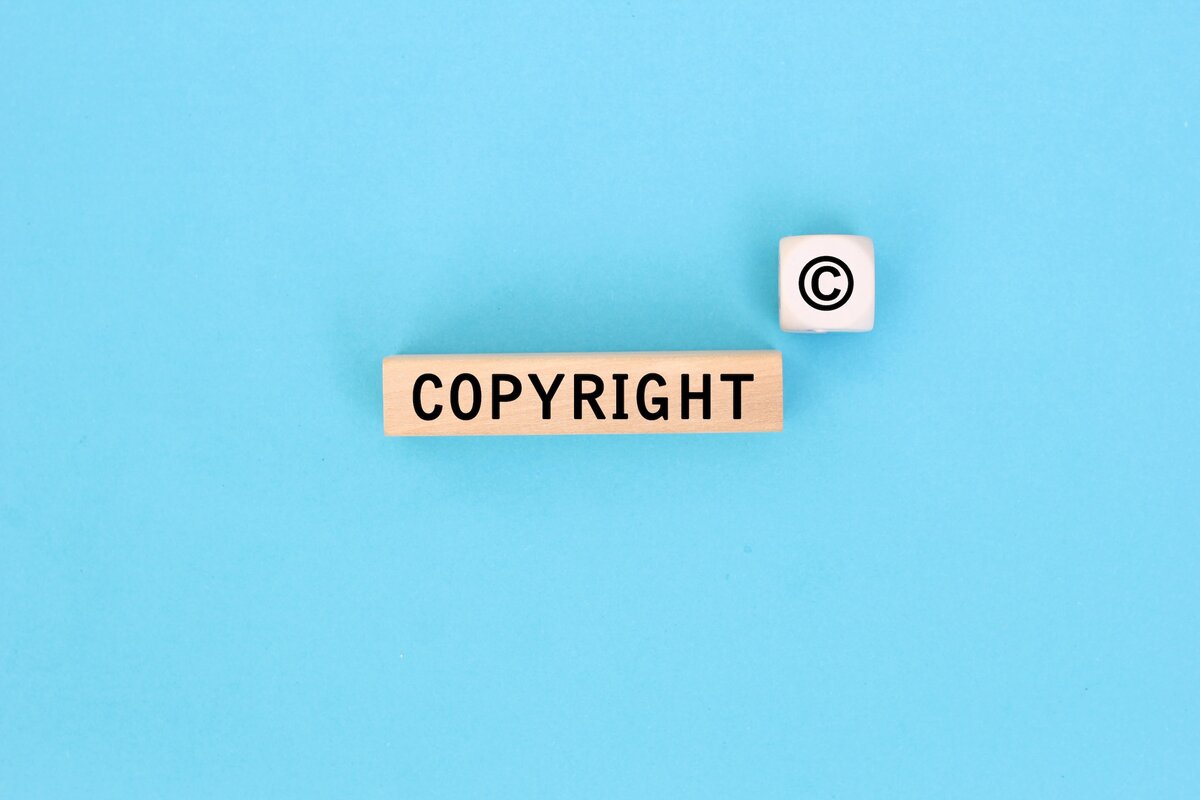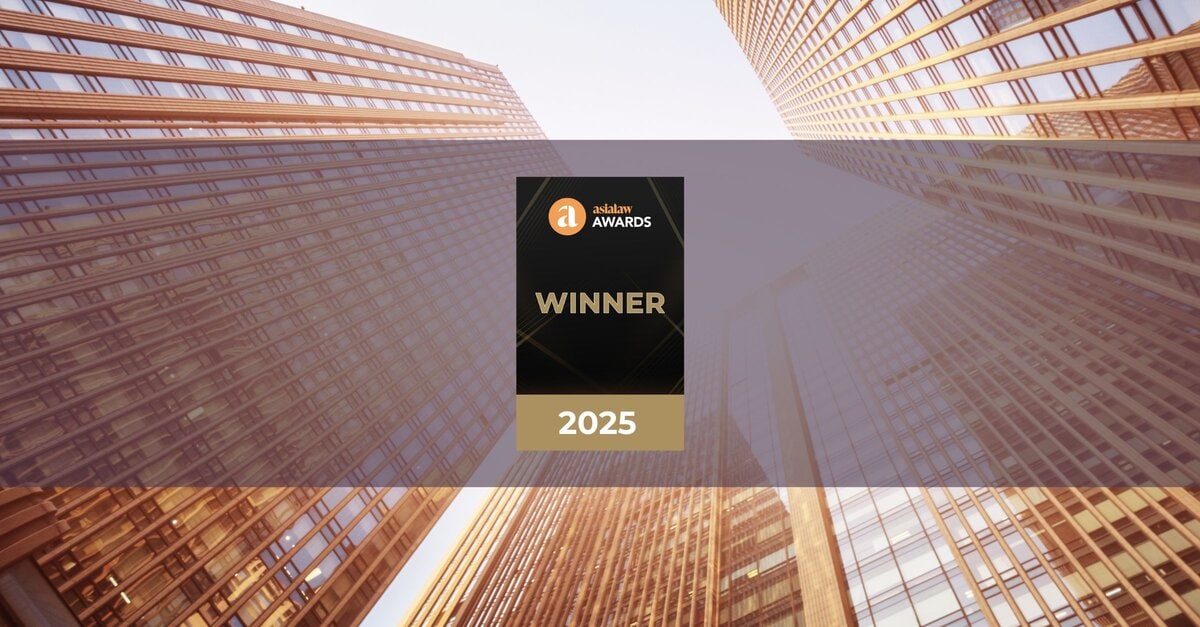SPAC or Not To SPAC: An Alternative Route to Go Public Without an IPO (II)
16 Nov 2020
In Part I of this article, we have examined the history of SPACs, let’s now turn to examine what investors get from investing in a SPAC, what SPACs do with the money raised and what the future looks for SPACs.
What are investors investing in and what do they get?
In a typical SPAC IPO, the SPAC is a newly incorporated company and does not have any operating history, financials nor performance record. What do investors base their investment decisions on then? In traditional IPOs, the listing vehicle will have operating history and a particular operating business, whether or not the company has been operating in profit in the past is not necessarily a key criterion depending on where the company proposes to list its shares. The company will need to disclose in the prospectus matters such as its business, financial performance, risks involved so that potential investors will be able to have an understanding of how good or bad the company has been performing and assess its future prospects before making an investment decision.
For a SPAC, no such information is available to investors as the SPAC is only a shell company. What they have, on the other hand, is a management team and an investment team typically with experiences in specific industries or sectors which the SPAC intends to acquire potential targets with capital raised from the IPO. Further, in a SPAC prospectus, there is no information on any potential targets of business combination or acquisition because stating the potential target would mean information on the target will be required to be disclosed as in any traditional IPO of companies with operating history. Hence, what investors invest in is not any specific operating company but rather their trust and confidence in the management team and investment team of the SPAC and their experiences in finding a most suitable target for business combination, merger or acquisition and bring it public.
In return for their investment, investors receive units of the SPACs, with each unit comprising a share of common stock and a fraction of a warrant to purchase a share of common stock after completion of the de-SPAC transaction. Shareholders are generally given the right to approve or reject any proposed de-SPAC transaction. The SPAC will provide its shareholders with the opportunity to redeem their shares upon the completion of the de-SPAC transaction either (i) in a shareholder meeting called to approve the proposed de-SPAC transaction or (ii) by means of a tender offer. Whether the SPAC will seek shareholders’ approval of a proposed de-SPAC transaction or conduct a tender offer will be made by the SPAC at its sole discretion taking into account factors such as the timing of the transaction and whether the terms of the transaction would require the SPAC to seek shareholders’ approval by law or pursuant to regulatory requirements. Upon a de-SPAC transaction, shareholders can choose to maintain their investment in the newly acquired or merged company or redeem their shares.
What do SPACs do with all the moneys raised?
The capital raised by SPACs through IPOs are held in a trust. Usually, after setting aside some portions of the funds to meet the listing expenses, underwriting commission and the SPACs’ ongoing operational costs, the remaining IPO proceeds are segregated in a trust account with a third-party financial institution. The funds can only be used for the post-IPO business combination, merger with or acquisition of a target business or for the redemption of the SPAC shares upon request by the shareholders. If the business combination, acquisition cannot be achieved within the specified timeframe, i.e. 18 – 24 months after the SPAC IPO, the SPAC shall be liquidated and the funds returned to the shareholders to redeem their shares in the SPAC.
Since SPAC shareholders have the right to request the SPAC to redeem their shares, the SPAC shall redeem the shares with the funds set aside in the trust account upon receiving such request. A huge number of shareholders requesting redemption of SPAC shares means that a large portion of the funds in the trust account will be required to be paid out as redemption money, which the trust account may end up not having sufficient funds left to consummate any de-SPAC transaction. If the SPAC fails to raise additional financing for the de-SPAC transaction, it may end up not being able to complete the business combination, acquisition within the timeframe which will then lead to the liquidation of the SPAC.
Future of SPACs?
Not knowing how much longer the COVID-19 pandemic will continue to affect our daily lives and the economy, particularly with the second, third or fourth wave hitting different parts of the world one after another and the record breaking high of daily new cases, it is difficult to predict market reaction to traditional IPOs and investors tend to adopt more conservative approaches in making investment decisions. While there are big name IPOs which the general public has been waiting for and current economic environment is not expected to have significant negative impact on their subscriptions, other small to mid-size IPOs are nonetheless going to be the hardest hit. Instead of going through the lengthy and costly IPO process and not knowing how well-received by the public their shares will be, a business combination, merger with or an acquisition by a SPAC would seem to be the more realistic way of exit of private companies. With the ever-growing number of SPAC IPOs and the funds raised through them, we can only expect to see the continuous thrive of SPACs at least during this period of uncertainty.
Disclaimer: Nothing in this article is meant to be or shall be construed as any legal advice on Hong Kong, US or the laws of any other jurisdictions referred to in this article or as any legal advice on SPACs to any person.
December 2020
 Suite 503, 5/F, St. George's Building, 2 Ice House Street, Central, Hong Kong
Suite 503, 5/F, St. George's Building, 2 Ice House Street, Central, Hong Kong +852 2868 0696
+852 2868 0696















